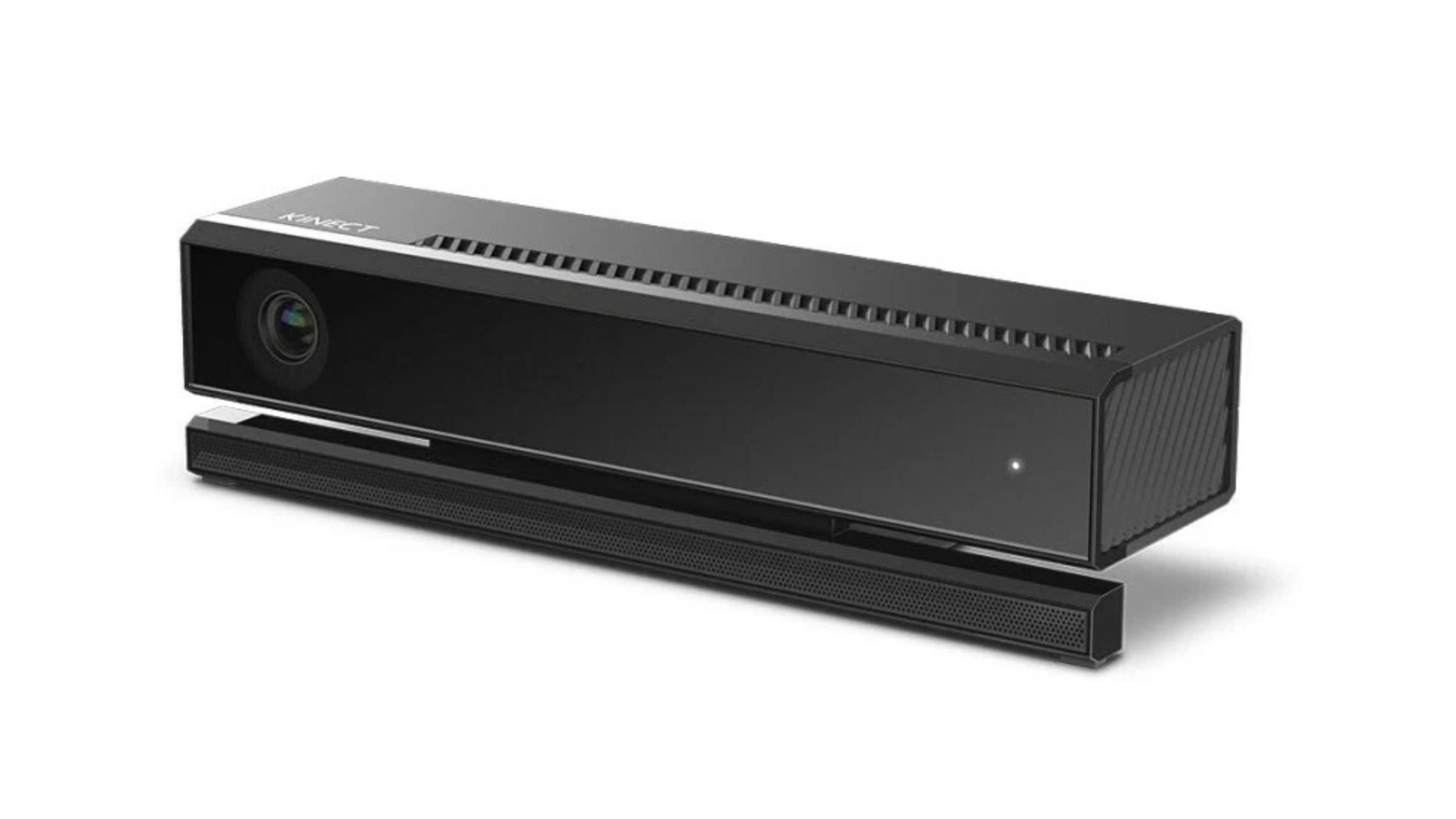
It seems Xbox is shifting away from directly competing with PlayStation and Nintendo for console dominance. This year, they’re prioritizing creating high-quality games that will be available on multiple platforms. While a new Xbox is still planned, the company isn’t as focused on selling consoles themselves. For years, Xbox, Sony, and Nintendo battled for the top spot, leading to some creative ideas and features – though not everything worked out as planned.
The Nintendo Wii, released in November 2006, revolutionized video games. Though some consoles had experimented with motion control before – like the dance mats for Dance Dance Revolution – the Wii took it to a new level. Its Wiimote controller inspired a wave of games focused on physical movement, making the console a hit with families and at social gatherings. Seeing this success, Xbox also wanted to join the motion-control market, and they launched the Xbox Kinect on November 4th, 2010.
Xbox Kinect Was Last to the Motion Controller Game For a Reason

The success of games like Wii Sports and other party games that used motion control encouraged other gaming companies to create their own versions. Sony released the PlayStation Move in September 2010, and Microsoft followed with the Xbox Kinect for Xbox 360 in November. While Microsoft was the last to enter this market, they hoped the Kinect would be unique and attract players with its innovative features.
Unlike the Wii and PlayStation Move, which needed handheld controllers, the Kinect tried something different: it aimed to eliminate controllers completely. It used a camera and motion-sensing technology to follow a player’s movements and turn them into actions within the game. It even included voice commands, a feature that was ahead of its time, before voice assistants like Alexa and Google were common. The idea was to create a more natural and immersive gaming experience, but the Kinect didn’t quite live up to its potential in reality.
The Kinect, which used full body motion sensing without a controller, was a bold idea for its time, but it had some flaws. The fact that even the newer Nintendo Switch 2 still uses traditional controllers suggests that motion control isn’t always the best solution. The Kinect sometimes reacted slowly to movements or didn’t recognize them at all. It also needed a lot of space to work, making it difficult to use in many homes. While later versions of the Kinect addressed some of these problems, it never became truly popular and was eventually discontinued in 2017.
Why Xbox Couldn’t Make Kinect Happen

The Kinect had a strong beginning, selling 8 million units in its first three months – making it one of the fastest-selling tech devices ever. But if it was so popular, why was it eventually discontinued while Nintendo and PlayStation continued to develop similar motion-sensing technology?
The Kinect’s biggest strength – not needing a controller – also limited the types of games developers created for it. Microsoft tried to compete with the popular Wii Sports and encouraged its game studios to make action games that used the Kinect’s motion-sensing technology. However, despite its appeal, the Kinect didn’t resonate with Xbox gamers. The Xbox was known for games like Call of Duty and Halo, which didn’t easily work with the Kinect’s controller-free system.
Even games designed for multiple platforms faced difficulties with the Kinect. Unlike the Wii Remote and PlayStation Move, which relied on traditional controller-based motion control, the Kinect was a completely different system. This meant developers couldn’t simply adapt existing motion control games; they had to rebuild them from scratch for the console.
The Kinect was enjoyable with certain games, but it didn’t become a central part of the gaming experience. It was also quite pricey, initially costing almost as much as the Xbox 360 itself. Because so few games actually took advantage of its motion-sensing capabilities, many gamers felt the cost wasn’t worth it. In fact, most dedicated Xbox fans preferred games with standard controllers. This meant the Kinect ended up being more of a fun gadget than a must-have accessory for serious Xbox players.
After sales dropped and developers stopped making games for it, Microsoft stopped producing the Kinect in 2017. The Xbox One was the final console to support the device, and it wasn’t included with the newer Xbox Series X and Series S. While the Kinect was a groundbreaking idea when it launched, it didn’t quite fit into the gaming world of the 2010s. With virtual reality becoming more popular, similar technology might make a return someday, but currently, Xbox doesn’t seem interested in revisiting it.
Did you ever own an Xbox Kinect? Share your memories in the ComicBook Forum and join the discussion!
Read More
- The Most Jaw-Dropping Pop Culture Moments of 2025 Revealed
- Ashes of Creation Rogue Guide for Beginners
- ARC Raiders – All NEW Quest Locations & How to Complete Them in Cold Snap
- Best Controller Settings for ARC Raiders
- Where Winds Meet: How To Defeat Shadow Puppeteer (Boss Guide)
- Ashes of Creation Mage Guide for Beginners
- Where Winds Meet: Best Weapon Combinations
- Hazbin Hotel season 3 release date speculation and latest news
- My Hero Academia Reveals Aftermath Of Final Battle & Deku’s New Look
- Bitcoin’s Wild Ride: Yen’s Surprise Twist 🌪️💰
2025-11-05 00:12